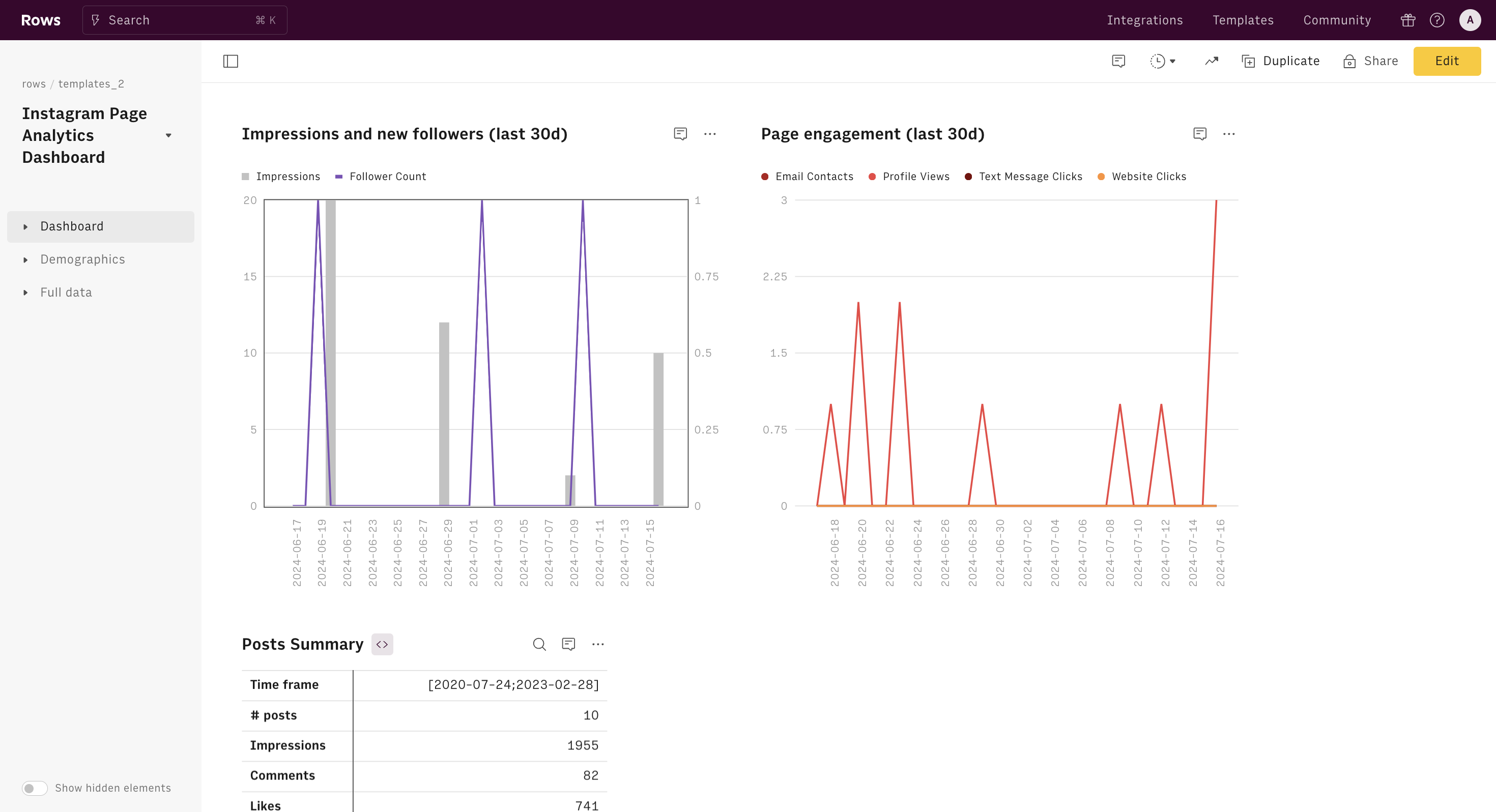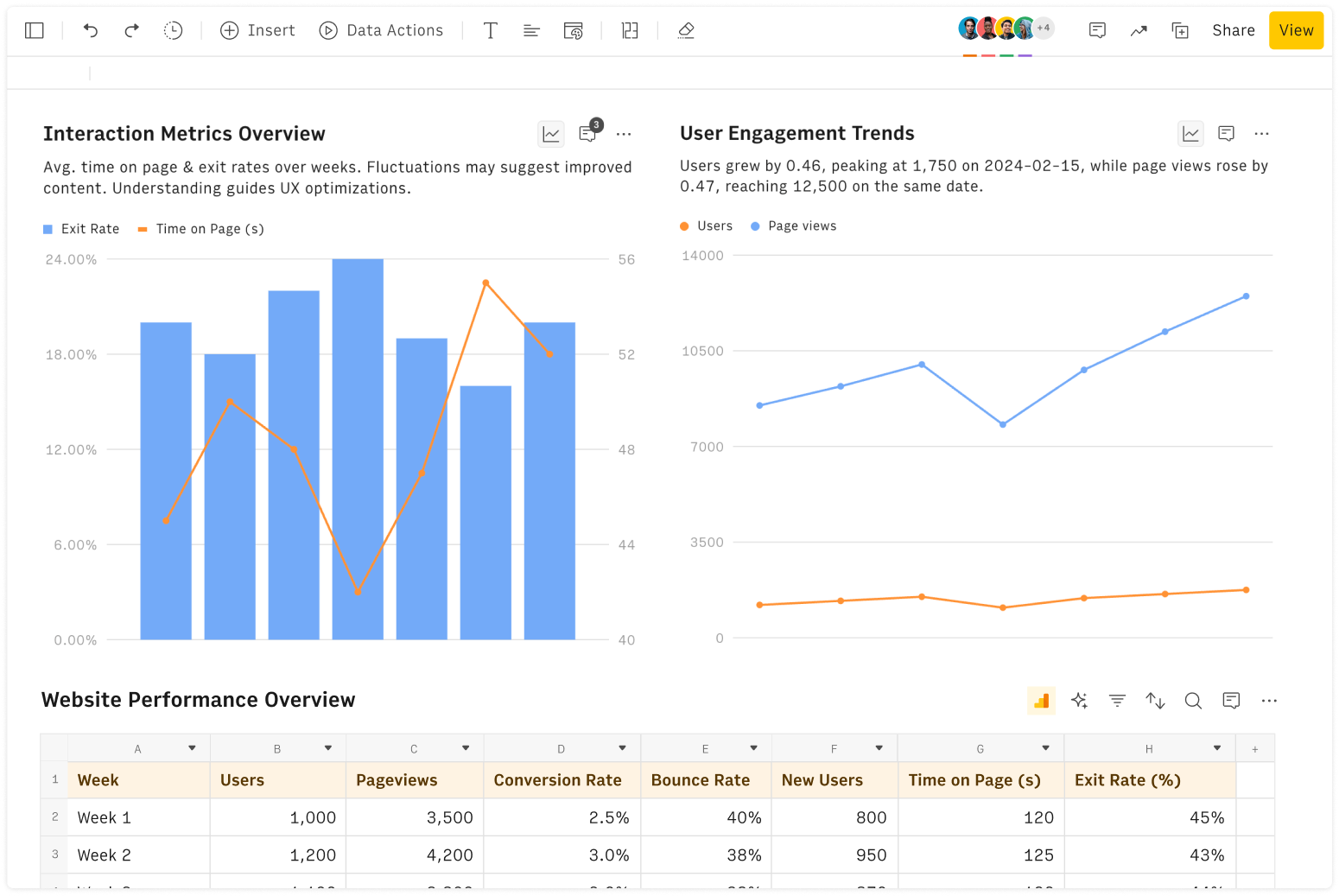Understanding the financial health of a company is crucial for investors, analysts, and business professionals. Our Tesla (TSLA) Quarterly Income Statement Tool offers a comprehensive view of Tesla's financial performance over the fiscal year.
What is an Quarterly Income Statement?
An quarterly income statement, also known as a profit and loss statement, summarizes a company's revenues, costs, and expenses over a fiscal year. It provides a clear picture of a company's profitability and operational efficiency. Key components of an quarterly income statement include Total Revenue, Cost of Revenue, Gross Profit, and Net Income, among others.
Main Components of the Quarterly Income Statement
Total Revenue: The total amount of money generated from sales and other income sources.
Revenue Growth: Indicates the percentage increase or decrease in revenue compared to the previous fiscal year.
Cost Of Revenue: The direct costs attributable to the production of the goods sold by the company.
Gross Profit: Calculated as Total Revenue minus Cost of Revenue, representing the company's profit after accounting for direct costs.
Gross Profit Growth: Shows the year-over-year change in gross profit.
Selling General and Administrative (SG&A): Expenses related to the overall operations of the company, excluding production costs.
Research And Development (R&D): Investments made in the development of new products and services.
Operating Income: The profit realized from the company's core business operations.
Operating Income Growth: The change in operating income compared to the previous year.
Interest Income: Earnings from investments and savings.
Net Interest Income: The difference between interest income and interest expenses.
Other Non-Operating Income Expenses: Income or expenses not related to the company's primary business activities.
Income Before Tax: The total earnings before tax deductions.
Income Tax Expense: The amount of tax owed based on taxable income.
Net Income: The company's total profit after all expenses, including taxes, have been deducted.
Net Income Growth: The year-over-year change in net income.
EBIT (Earnings Before Interest and Taxes): A measure of a company's profitability that excludes interest and income tax expenses.
EBITDA (Earnings Before Interest, Taxes, Depreciation, and Amortization): A broader measure of profitability that also excludes depreciation and amortization expenses.
Classic Analysis from the Quarterly Income Statement
Profit Margin Ratios
Profit margin ratios help evaluate the efficiency of Tesla in converting revenue into actual profit. Here are a couple of key ratios and their calculations:
Gross Profit Margin:
Calculation: Gross Profit / Total Revenue
Indicates the percentage of revenue that exceeds the cost of goods sold.
Net Profit Margin:
Calculation: Net Income / Total Revenue
Measures the overall profitability after all expenses, including taxes, have been deducted.
Operating Efficiency Ratios
Operating efficiency ratios measure Tesla's ability to generate profit from its operations. Key ratios include:
Operating Margin:
Calculation: Operating Income / Total Revenue
Shows the percentage of revenue that remains after covering operating expenses.
EBITDA Margin:
Calculation: EBITDA / Total Revenue
Evaluates the profitability excluding interest, taxes, depreciation, and amortization.







